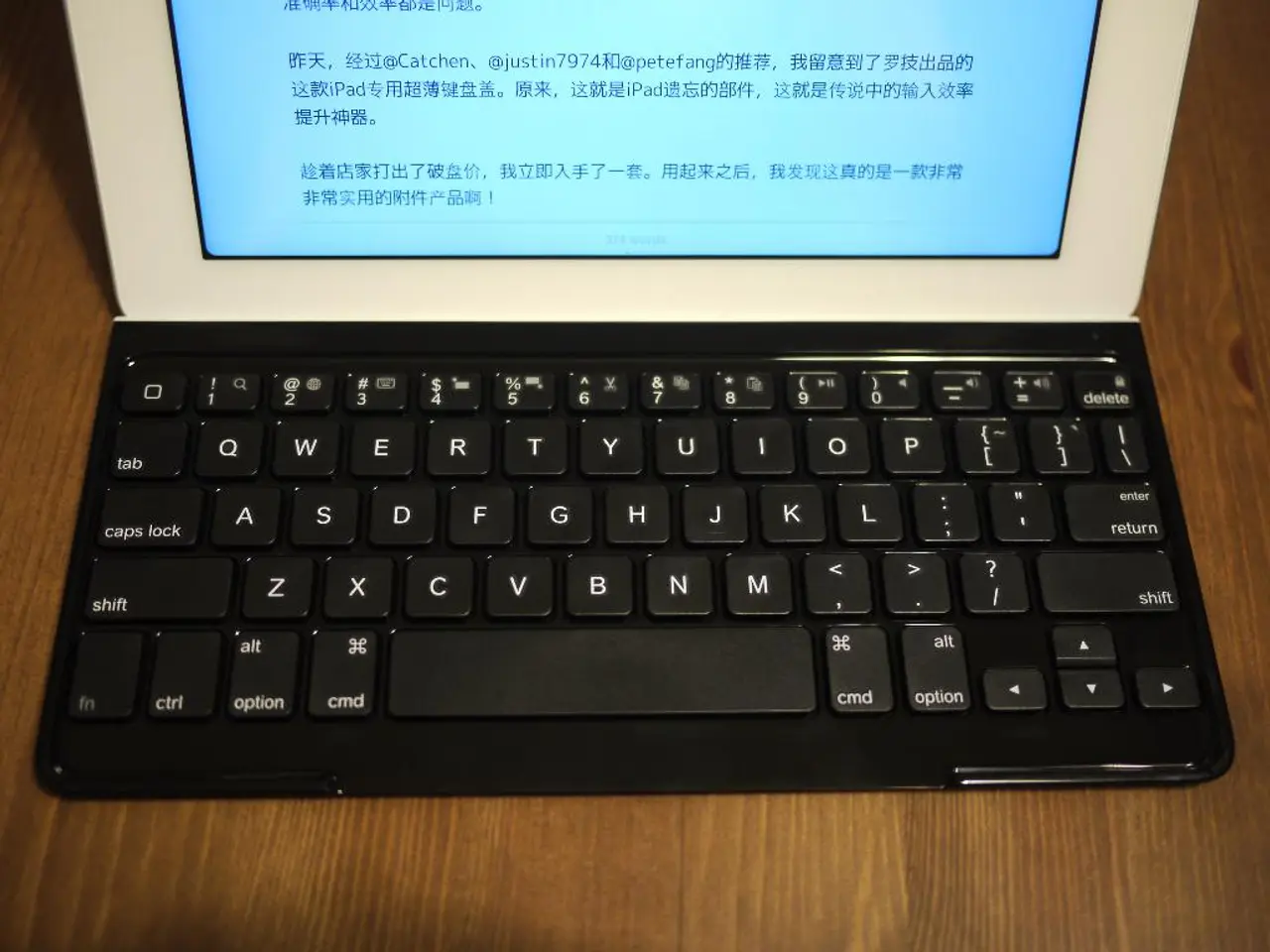Utilizing Via-in-Pad Method for PCB Design and Production Process
In the realm of advanced PCB (Printed Circuit Board) technology, via-in-pad technology stands out as a significant innovation. This technique, which is gaining popularity in the industry, is particularly beneficial for high-density, high-performance PCBs such as HDI (High-Density Interconnect) or fine-pitch BGAs (Ball Grid Arrays).
Via-in-pad technology places vias directly in the component pads, minimizing the length of via stubs and parasitic inductances. This is especially beneficial for high-frequency or high-speed circuits, improving signal integrity and electrical performance. Additionally, via-in-pad enables space saving and higher component density, making it possible to create more compact PCB layouts and support fine-pitch components, reducing board size. Furthermore, via-in-pad technology improves thermal management, especially for power components or BGAs, by enabling heat dissipation from the component pads through thermal vias.
However, via-in-pad technology is not without its challenges. The manufacturing process involves additional steps such as via filling (with conductive or non-conductive materials) and capping or plating over vias to ensure flat pads for soldering. This increased complexity and the need for careful process control can lead to higher manufacturing costs.
Another potential issue is the risk of solder wicking and reliability issues if vias aren't properly filled and capped. If solder wicks down into the vias during assembly, it can lead to poor solder joints or voids that degrade reliability. Additionally, components with vias in pads can be harder to rework due to heat distribution issues and vias that may trap solder or flux residue.
To minimize problems in manufacturing and minimize excess cost and time for via-in-pad routing, it's recommended to follow guidelines such as sticking to component manufacturers' recommendations, limiting microvias to one layer of the PCB, capping the non-component side with a solder mask, and avoiding leaving vias open unless necessary.
In terms of epoxy selection, the choice depends on the coefficient of thermal expansion (CTE) of the via-in-pad fill material and the laminate used. Non-conductive epoxies are often chosen due to their CTE being closer to that of laminates and cost-effectiveness.
It's worth noting that conventional vias use a solder mask as a plugging medium. In contrast, via-in-pad technology requires the use of mechanically drilled via-in-pad holes that need to be filled with epoxy. Laser microvias may be necessary when the remaining annular ring is insufficient after specifying the smallest drill diameter.
When using standard mechanical drilling, one must consider the pilot drill size and the annular ring. Thermal pads, which don't require soldering and don't need to be counted as via-in-pad for online quoting, are another important consideration.
In conclusion, via-in-pad technology offers significant advantages for high-performance PCBs, but it requires careful process control and may increase manufacturing cost and complexity. Proper understanding and application of this technology can lead to improved signal integrity, electrical performance, space saving, and thermal management in high-density, high-speed PCB designs.
Controlled impedance can be more efficiently managed in high-density, high-performance PCBs due to the minimization of via stubs and parasitic inductances achieved by via-in-pad technology. In data-and-cloud-computing scenarios that rely heavily on technology, this advancement in PCB design can significantly contribute to the improvement of high-frequency or high-speed circuit performance.




